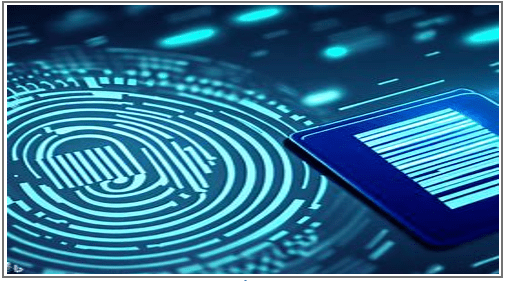RFID vs Barcode: which is the better solution for your business.
When it comes to tracking inventory and managing assets, two technologies are in prominent use: RFID and barcodes. Both are widely used in various industries, but which one is the better solution for your business?. In this article, we will compare RFID and barcode technologies to help you make an informed decision.
What is a barcode ?
A barcode is a machine-readable representation of numbers and characters that consists of bars and spaces. Today, stripes like the ones below on packages of products sold at supermarkets are commonplace on the packaging of goods. This is a barcode. Simply, barcode technology uses a series of lines and spaces of varying widths to represent data.
What is RFID?
RFID technology uses radio waves to automatically identify and track objects. RFID tags consist of a microchip and an antenna, which can store and transmit data.
Accuracy and Speed
RFID technology is generally faster and more accurate than barcodes. Unlike barcodes, which require a direct line of sight to be scanned, RFID tags can be read from a distance and through obstructions. This means that RFID can scan multiple items at once, without the need for manual scanning. This makes RFID more accurate and time saving for the users.
Cost
While RFID technology is generally more expensive than barcodes, the cost has decreased significantly in recent years. RFID tags and readers are now more affordable than ever, making it a viable option for small and medium-sized businesses.Also RFID is much more durable than barcodes which makes it a long term investment.
Ease of Use
Barcodes are easy to use and require minimal training. They can be quickly printed on labels or products, and scanned using a handheld scanner. In contrast, RFID technology requires more expertise and specialized equipment, this was a challenge for businesses with limited technical resources before , But , Nowadays there are a lot of standard and affordable RFID automation companies which makes this process hassle free.
Data Capacity
RFID tags have a much larger data capacity than barcodes and this is one of the biggest advantages it has over barcodes.RFID tags can store data anywhere between 64 bits to 2 Kb . They can store more information, including product details, expiration dates, and even maintenance history. This makes RFID ideal for tracking high-value assets and managing complex supply chains.
Durability
RFID tags are generally more durable than barcodes. They can withstand harsh environments, such as extreme temperatures, moisture, and even exposure to chemicals. This makes them ideal for tracking assets in industries such as healthcare, manufacturing, animal husbandry, construction and any industry that is susceptible to environmental changes.
In conclusion, both RFID and barcode technologies have their own set of advantages and disadvantages. While RFID is generally more accurate, has a larger data capacity, and is more durable, it requires more expertise and specialized equipment. On the other hand, barcodes are easy to use, require minimal training, and are more cost-effective. The choice ultimately depends on your business needs, budget, and the type of data you are dealing with.
If you're looking for a fast and accurate way to track inventory, RFID may be the better choice. However, if you have a very limited budget or require a simple solution, barcodes may be a better fit. It's important to evaluate the pros and cons carefully and choose the technology that best suits your business needs.

